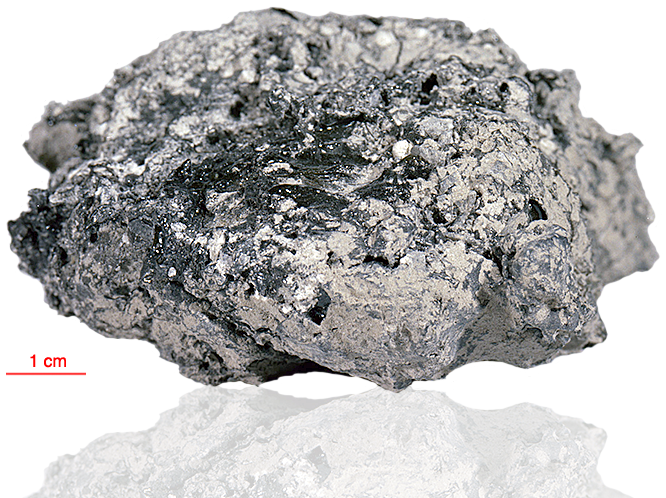
Fact sheet
67095 is a glass-coated basaltic impact melt or “bomb”. The glass coating is on the right-hand edge of our thin section, although between crossed polars it is almost invisible - being composed of unaltered isotropic glass. Note the spectacular flow structures and flowery growths of brown crystallites in this glass. 67095 contains about 62% plagioclase feldspar, 17% pyroxene and 12% olivine. Accessory amounts of metallic iron and troilite are also present. Large plagioclase laths and some plagioclase inclusions dominate the texture. Three large shear zones cross our thin section, one being highlighted in rotation 1.
The sample weighed 339.8 grams before analysis and has not been dated.
Further details of this and other Apollo samples are here: http://curator.jsc.nasa.gov/lunar/
Circular features in our thin section are artefacts produced by bubbles in the embedding resin.
The Apollo 16 landing site was in the hilly region around Descartes crater in the lunar highlands. The landing spot was chosen to allow the astronauts to gather geologically older lunar material (Descartes Formation and the Cayley Formation) than the samples obtained in the first four landings, which were in or near lunar maria.
The mission lasted 11.1 days, with a stay on the lunar surface of 71 hours. The crew were on the lunar surface for 20.2 hours during which they traversed approximately 27 kilometers and collected approximately 96 kilograms of samples.
Apollo 16 was launched on 16 April 1972.






